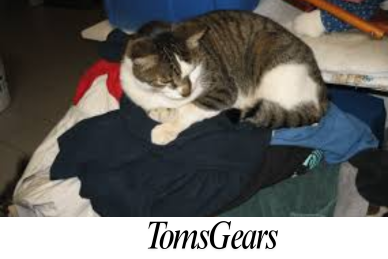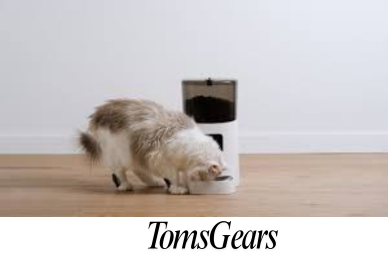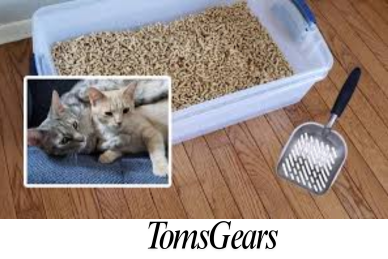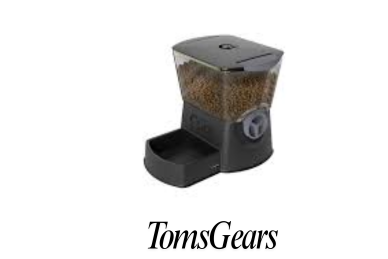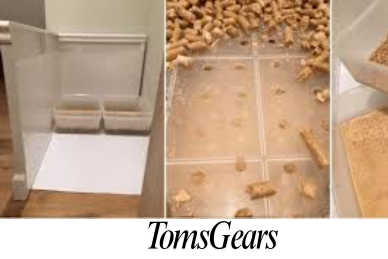How Much Raw Food Should You Feed Your Cat?
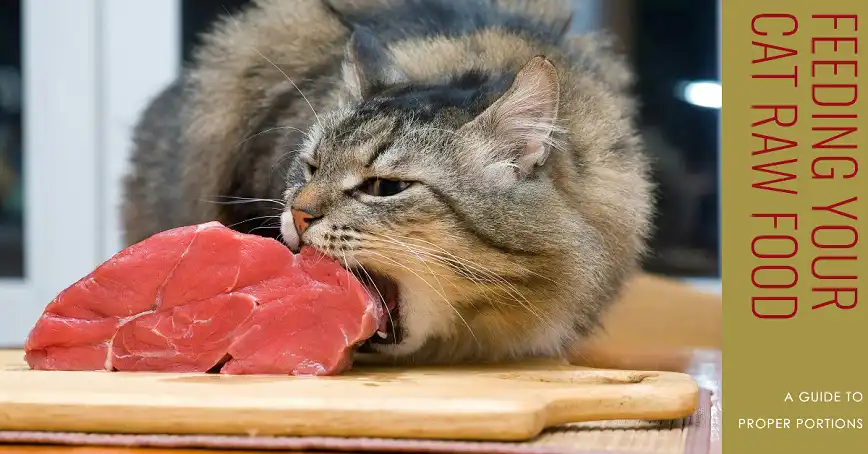
What is Raw Feeding for Cats?
Raw feeding involves giving your cat uncooked, minimally processed food, typically consisting of muscle meat, organs, and bones. This diet attempts to mimic what a cat might naturally eat in the wild—an approach that honors the fact that cats are obligate carnivores. Unlike humans or dogs, cats have evolved to thrive on animal protein alone, without needing grains, fruits, or vegetables in their diet.
Many commercial raw food brands offer pre-balanced meals, but some pet owners opt for homemade raw diets. It’s crucial that the diet is well-rounded, ensuring that your cat receives all the essential nutrients.
Why Feed Your Cat a Raw Diet?
There are several benefits to raw feeding, making it a compelling option for many cat owners. Cats on raw diets often experience improved digestion, fewer food allergies, shinier coats, and healthier teeth due to the abrasive nature of raw meat and bones. Additionally, cats tend to have smaller, less odorous stools and better hydration levels due to the high moisture content of raw food.
For example, a study on cats with inflammatory bowel disease (IBD) found that many showed significant improvement in symptoms when switched to a raw food diet. Similarly, raw-fed cats often exhibit higher energy levels, more playfulness, and can better maintain a healthy weight compared to those on commercial kibble.
How Much Raw Food Should You Feed Your Cat?
When it comes to feeding raw food, portion control is vital to prevent underfeeding or overfeeding. The general guideline is to feed around 2-3% of your cat’s ideal body weight per day.
Formula to Calculate Raw Food Needs:
- Daily food amount = Ideal weight (in grams) × 0.02 to 0.03
- Example: For a 10-pound (4.5 kg) cat:
4,500 g×0.02=90 g/day\text{4,500 g} \times 0.02 = \text{90 g/day}4,500 g×0.02=90 g/day
4,500 g×0.03=135 g/day\text{4,500 g} \times 0.03 = \text{135 g/day}4,500 g×0.03=135 g/day
Thus, a 10-pound cat would require between 90 g and 135 g of raw food per day. It’s important to split this amount into two meals, ideally fed in the morning and evening.
What Affects Your Cat’s Raw Food Needs
1. Age and Life Stage: Kittens, adult cats, and seniors have different dietary requirements. Kittens, for instance, may require up to 5-10% of their body weight per day due to their rapid growth, while senior cats might need less depending on their activity levels.
2. Activity Level: Indoor, sedentary cats will likely need less food than outdoor or more active cats. For example, if your cat is very active, it might need closer to 3-4% of its body weight daily.
3. Weight and Body Condition: Assessing whether your cat is underweight, overweight, or at an ideal weight is key to determining the correct feeding amount. If your cat needs to lose weight, you might start by feeding them closer to 2% of their body weight. If they need to gain weight, 3-4% is more appropriate.
How Much Raw Food Should You Feed Your Kitten
Kittens have higher caloric and protein needs than adult cats due to their rapid growth and development. As a general rule, feed kittens about 5-10% of their body weight per day and split it into three to four meals. For example, a 2-pound kitten might need around 90 g of raw food per day, spread over multiple meals.
It’s also important to ensure that their diet contains sufficient calcium for bone growth, which can be sourced from ground bone or calcium supplements.
Transitioning Your Cat to a Raw Diet
Switching your cat from commercial kibble or wet food to raw food should be done gradually to avoid digestive issues. A slow transition is recommended:
- Week 1: Start by mixing 25% raw food with 75% of the current diet.
- Week 2: Increase to 50% raw food and 50% current diet.
- Week 3: Move to 75% raw food and 25% current diet.
- Week 4: Your cat should now be eating 100% raw food.
Tip: For cats who are resistant to the change, try adding a little warm water to their food or mixing in a small amount of a familiar treat like tuna juice. It may take time, but most cats adjust with patience.
What Should You Included in a Raw Diet?
For a balanced raw diet, it’s important to include the right mix of ingredients:
- 80% muscle meat: This includes meats like chicken, turkey, beef, or rabbit.
- 10% bone: This can come from chicken wings, necks, or pre-ground bone.
- 10% organ meats: Liver and kidneys are essential for providing vitamins like A and B, as well as taurine, an amino acid crucial to cat health.
Make sure to avoid feeding cooked bones, as they can splinter and cause internal injuries.
How to Safely Handle and Prepare Raw Food for Your Cat
Handling raw food safely is essential to minimize the risk of bacterial contamination:
- Storage: Keep raw food in the freezer and thaw only the portion you need in the refrigerator.
- Thawing: Never thaw raw meat at room temperature. Always use the fridge or place the meat in a sealed bag and thaw it in cold water.
- Hygiene: Wash your hands thoroughly after handling raw food and clean all surfaces and utensils with hot, soapy water.
Common Concerns with Raw Feeding
Bacterial contamination is one of the main concerns when feeding raw food. However, cats have a more acidic digestive system that helps them tolerate raw meat better than humans. Following proper hygiene practices minimizes this risk. Another concern is nutrient balance—it’s important to either use a pre-formulated raw food product or work with a veterinarian to ensure homemade meals meet your cat’s dietary needs.
How to Monitor Your Cat’s Health on a Raw Diet
As you feed your cat raw food, monitor their health regularly:
- Weight: Weigh your cat monthly to ensure they are maintaining a healthy weight.
- Energy levels: Cats on a raw diet tend to have more energy. Look for signs of increased activity and playfulness.
- Coat quality: A shinier, softer coat is often one of the first signs of improvement on a raw diet.
If your cat is losing weight unexpectedly or showing signs of lethargy, consult your veterinarian to adjust the diet.
FAQs
Can I prepare raw food at home?
Yes, but ensure you include all necessary nutrients.
Can I mix raw and kibble?
Yes, but be aware that raw and kibble digest at different rates.
How often should I feed raw food?
Twice a day is ideal, but kittens may need up to four smaller meals.
Are there online raw feeding calculators?
Yes, tools like Bella & Duke’s calculator can help you determine portions based on your cat’s weight and activity level.
Wrapping Up
Feeding your cat a raw diet can greatly enhance their health and well-being, but it’s essential to tailor the portions and ingredients to your cat’s specific needs. By calculating the correct amount of food, transitioning slowly, and monitoring their progress, you can ensure your cat thrives on a raw diet. Regular vet check-ups are also important to adjust the feeding plan as needed.

